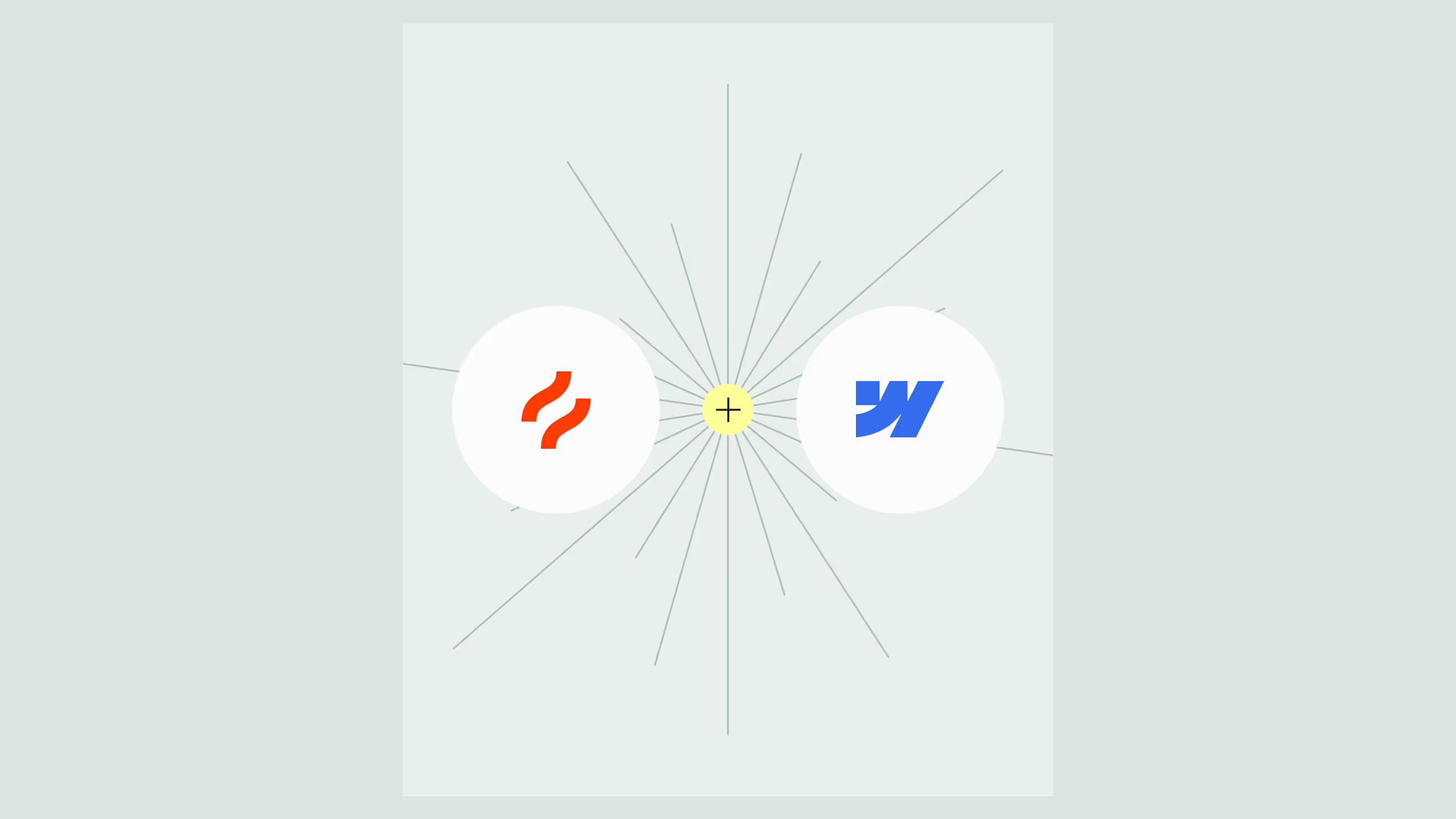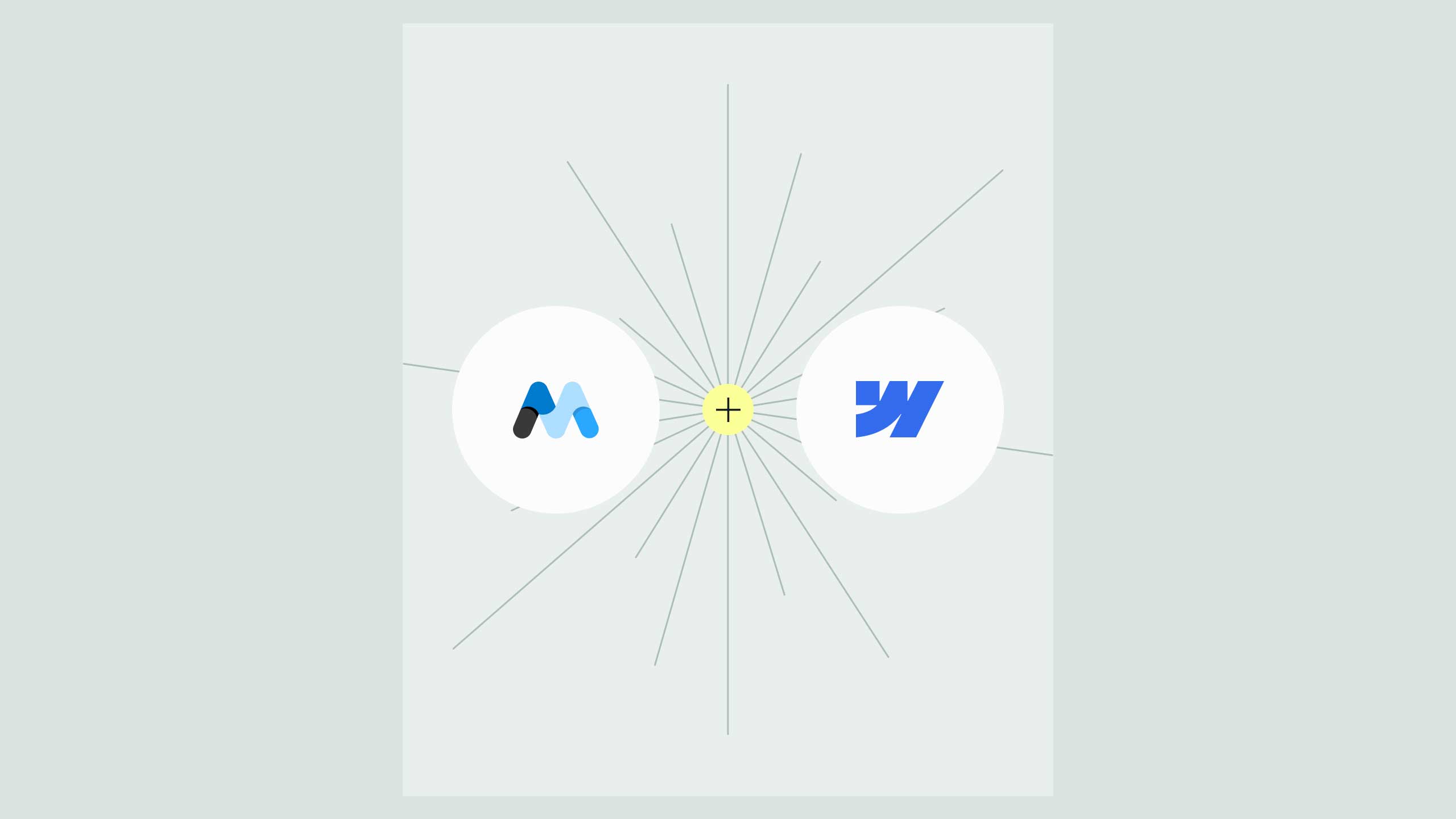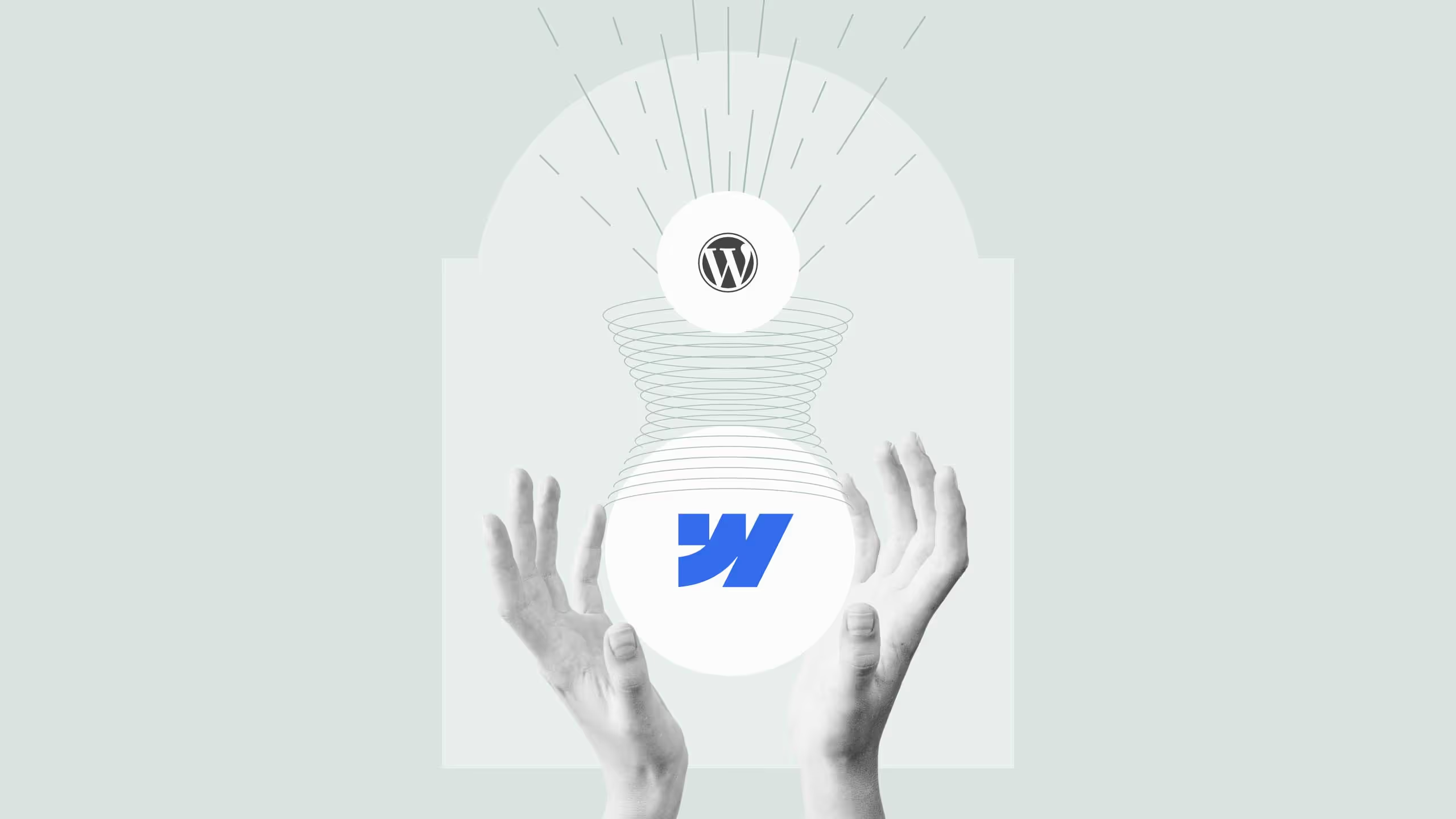Webflow Hotjar Integration

Introduction to Hotjar
Hotjar is a powerful tool for website analytics and user feedback that offers insights into how users interact with your website. It provides heatmaps, session recordings, surveys, and feedback polls, all of which help you understand user behavior and optimize website performance. Whether you’re focused on improving conversions, understanding user paths, or gathering direct feedback, Hotjar can deliver actionable insights that drive results.
Why integrate Hotjar with Webflow
Integrating Hotjar with Webflow opens up a range of benefits:
- Data Insights: Hotjar helps you analyze user behavior on your Webflow site, showing you where users click, scroll, and spend the most time. This data is crucial for improving site navigation and layout.
- Efficient Analytics: With Hotjar’s suite of analytics tools, you can track how users interact with your Webflow website, enabling you to make informed decisions backed by real user data.
- User Testing Tools: Hotjar offers tools like heatmaps and session recordings, which help you visualize the user journey. Additionally, you can use surveys and feedback polls to collect user insights, enabling more targeted improvements.
Common challenges When integrating Hotjar with Webflow
While integrating Hotjar with Webflow can be highly beneficial, it may also come with some challenges:
- Script Placement: It’s important to place the tracking code correctly to ensure that all interactions are accurately tracked.
- Load Times: Depending on how many scripts are running, adding Hotjar to your site may affect page load times. Make sure to monitor this impact and optimize where necessary.
- Data Privacy: Since Hotjar collects user data, it’s essential to ensure compliance with GDPR or other privacy regulations, especially if you’re collecting feedback.
How to connect Hotjar to Webflow
- Sign Up for Hotjar: Go to Hotjar and sign up for an account if you haven’t already.
- Add a New Site: Once logged in, go to the dashboard and select “Add a New Site.” Enter your Webflow website URL to generate the tracking code.
- Copy the Tracking Code: After adding your site, Hotjar will generate a unique tracking code. Copy this code for the next step.
- Log in to Webflow and Add the Code:
Navigate to your Webflow project and open the project settings.
Go to the “Custom Code” tab.
In the “Head Code” section, paste the Hotjar tracking code you copied. - Publish Your Webflow Site: After pasting the code, publish your site to activate the tracking code. Hotjar should now begin tracking user interactions.
- Verify the Installation: Return to Hotjar and verify the integration. Hotjar may take a few minutes to detect activity on your site, but once it does, you can start accessing user insights and analytics.
Integrating Hotjar with Webflow is an effective way to gather valuable insights into your users’ behaviors, optimize your website layout, and improve overall user experience. By following these steps, you can ensure a smooth integration process and start leveraging Hotjar’s robust analytics and feedback tools. Remember to monitor the impact on site performance and stay compliant with data privacy regulations to maintain a secure and efficient website.
.svg)
.svg)



.svg)
.svg)
.svg)
.svg)


.avif)
.svg)
.svg)



